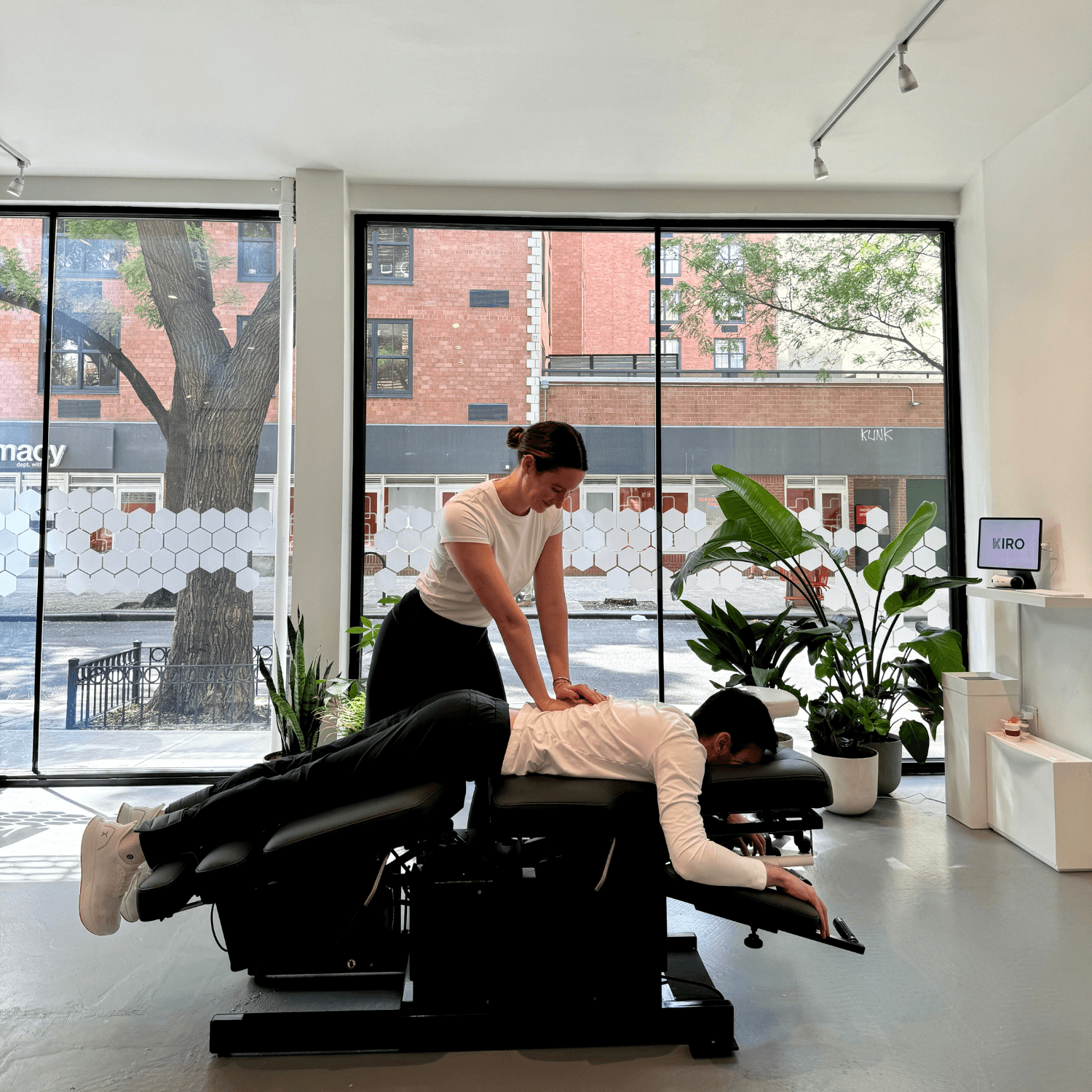Optimal Sleeping Positions for an Active Lifestyle: Aligning for Better Rest and Recovery
Sep 28, 2024
For those with an active lifestyle, quality sleep is essential for recovery and maintaining peak performance. However, the way you sleep can have a significant impact on your spinal health, potentially affecting your energy levels and overall well-being. Let's explore the best sleeping positions to support your spine, enhance your rest, and help you wake up refreshed and ready to conquer the day.
The Importance of Sleep Alignment
Proper spinal alignment during sleep is crucial for avoiding unnecessary strain on your muscles and joints. Misalignment can lead to discomfort, stiffness, and even exacerbate minor injuries over time. By adopting the right sleeping positions, you can support the natural curve of your spine, reducing the risk of waking up with aches and pains.
Best Sleeping Positions for Spine Health
1. Back Sleeping: The Gold Standard
Sleeping on your back is often considered the best position for spinal health. It evenly distributes your weight across the body and helps maintain the natural curve of your spine. To further enhance this position:
Use a pillow that supports the neck without pushing the head too far forward.
Place a small pillow or rolled-up towel under your knees to relieve pressure on the lower back.
2. Side Sleeping: A Close Contender
Side sleeping is another excellent option, especially for those who suffer from lower back pain. It keeps the spine elongated and can reduce the risk of developing issues like sciatica. For optimal alignment:
Choose a supportive pillow that keeps your head in line with your spine.
Place a pillow between your knees to keep your hips aligned, preventing lower back strain.
3. Avoid Sleeping on Your Stomach
Sleeping on your stomach is the least recommended position for spinal health. It forces your neck into an awkward angle and can lead to strain on your back. If you're a habitual stomach sleeper, consider transitioning to a side or back position. If this is difficult, try placing a pillow under your pelvis to reduce pressure on the spine.
Tips for Improving Your Sleep Environment
In addition to adopting the right sleeping position, optimizing your sleep environment can make a significant difference in your overall rest quality:
Invest in a quality mattress: Your mattress should provide adequate support while contouring to the natural curves of your body. If your mattress is too soft or too firm, it might be time to consider an upgrade.
Mind your pillows: Use pillows that align with your sleeping position. Side sleepers may benefit from firmer pillows, while back sleepers might prefer medium support.
Create a calming atmosphere: Reduce noise, lower the temperature, and limit exposure to screens before bedtime to improve sleep quality.
"Your spine is the foundation of movement, even when you’re at rest. Prioritizing your sleep posture can make all the difference in how you feel throughout the day." — Dr. Todd Small, Director at KIRO
By being mindful of your sleeping position and creating a supportive sleep environment, you can protect your spine, boost recovery, and maintain an active, pain-free lifestyle.


